Today’s post is a little technical plus I really felt like playing with my photo-editing apps! so I thought I’d try blogging à la cartoons :) Browse through the pictures below for a quick explanation of insulin resistance, and then we can get into the interesting stuff!
1. First, a quick introduction to glucose…
2. After glucose enters the bloodstream, it needs someone to tell it where to go…
3. Cue: The Insulin Mafia!
4. What is insulin you ask?
5. What does insulin do?
6. (It’s pretty serious business!)
7. If insulin doesn’t do its jump, glucose builds up in the blood…
8. Which could result in insulin resistance and/or Type 2 diabetes!
Ok, so now that everyone’s up to speed…
Let’s jump into this new study from Stony Brook University, presented at the Society of Nuclear Medicine and Molecular Imaging’s 2013 Annual Meeting:
- According to the American Diabetes Association, 25.8 million Americans have diabetes, and 79 million are prediabetic
- According to the U.S. Centers for Disease Control and Prevention, one-third of all Americans are obese
And one of the biggest common denominators between the two groups?
You guessed it: insulin resistance!
Although the exact causes of insulin resistance are still up for debate, scientists think the two biggest culprits are excess weight and physical inactivity. (Long story short: belly fat contributes to inflammation in the body which can lead to insulin resistance… also, glucose is used more by muscles than any other tissue – so the more muscle mass you have, the more glucose that gets pulled out of your bloodstream and burned. *Remember, bad stuff starts happening when glucose builds up in your blood. Click here for the long story.)
So it’s kinda like If You Give a Mouse a Cookie, one thing leads to another:
I know I’ve used that analogy before – but it works so good with health stuff! :) Everything’s always feeding into something else!
Anyways, the Stony Brook study we’re looking at today is focused on that top right arrow – the one linking insulin resistance and unhealthy eating habits. We already know that excess weight can lead to insulin resistance but, according to lead study author, Dr. Gene-Jack Wang, the road goes both ways:
“Animal studies indicated that increased insulin resistance precedes the lack of control associated with pathological overeating. They also showed that sugar ingestion releases dopamine in brain regions associated with reward. However, the central mechanism that contributes to insulin resistance, pathological eating and weight gain is unknown.”
Dr. Wang and colleagues set out to uncover that mechanism – looking for a way to explain the common denominator we mentioned earlier between diabetes and obesity. Their research led them to dopamine, a brain chemical associated with pleasure and reward…
And that’s when it all came full circle!
Using PET (positron emission tomography) scans, scientists found that when people with insulin resistance ingest simple sugars, their brains don’t release as much dopamine (think: ‘the happy chemical’) as they should – meaning that, at least according to this study, people with insulin resistance don’t feel as much ‘reward’ when they eat simple sugars, which may cause them to continue eating more… leading to weight gain and obesity!
As Dr. Wang explains,
“In this study we were able to confirm an abnormal dopamine response to glucose ingestion in the nucleus accumbens, where much of the brain’s reward circuitry is located. This may be the link we have been looking for between insulin resistance and obesity.”
*EDITOR’S NOTE: It was really hard for me to not use another If You Give a Mouse a Cookie analogy here! ;)
“This study could help develop interventions, i.e., medication and lifestyle modification, for early-stage insulin-resistant subjects to counteract the deterioration that leads to obesity and/or diabetes. The findings set a path for future clinical studies using molecular imaging methods to assess the link of peripheral hormones with brain neurotransmitter systems and their association with eating behaviors.”
Just another example of the mind-body connection! :)
Whew! That was a lot of info packed into one post!
Let me know if you have any questions! :)
Resources
American Diabetes Association. (2011, January 26). Diabetes Statistics. Retrieved June 22, 2013.
Centers for Disease Control and Prevention. (13 August 2012). Obesity and Overweight for Professionas: Data and Statistics. Retrieved June 22, 2013.
National Institute of Diabetes and Digestive and Kidney Diseases. (22 January 2013). Insulin Resistance and Prediabetes – National Diabetes Information Clearinghouse. Retrieved June 19, 2013.
Stony Brook University (2013, June 10). High sugar intake linked to low dopamine release in insulin resistant patients. Retrieved June 19, 2013 from ScienceDaily.

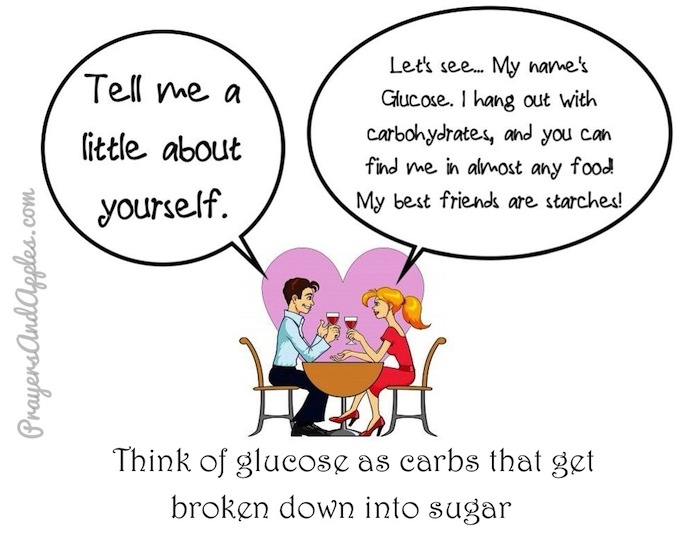
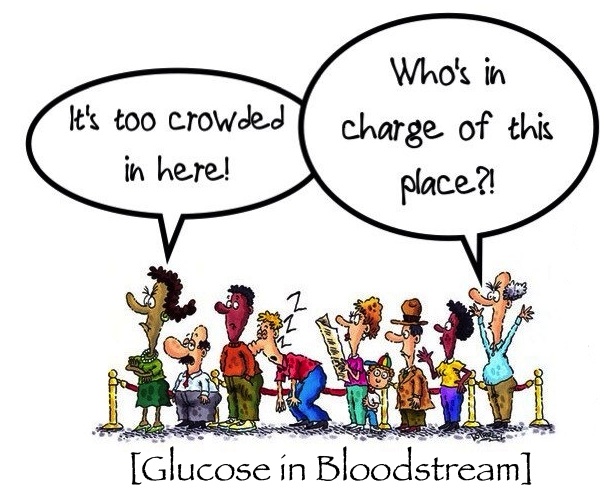
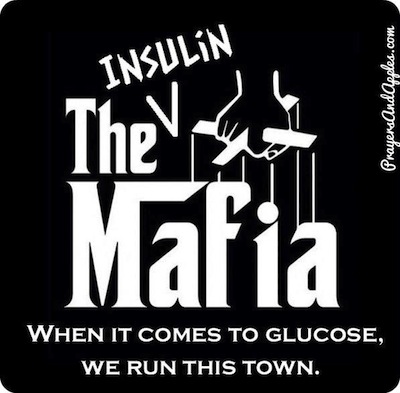
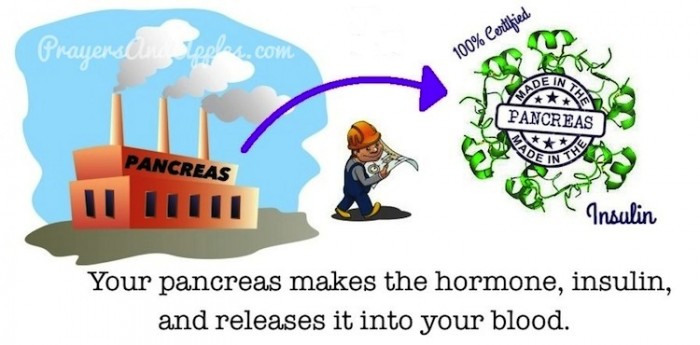
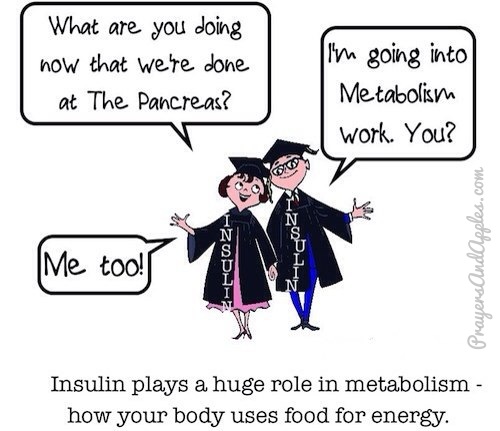
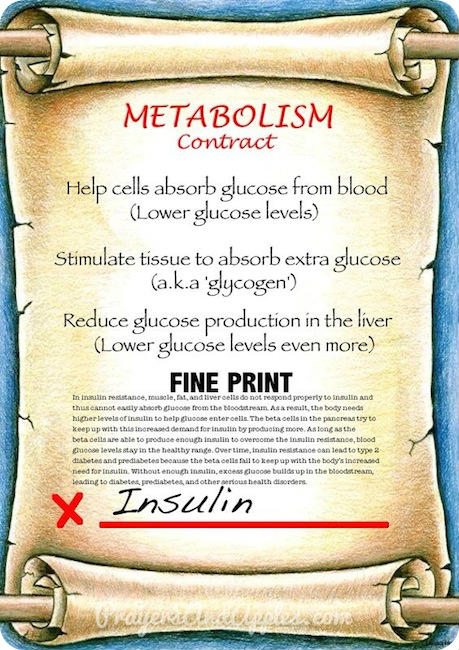
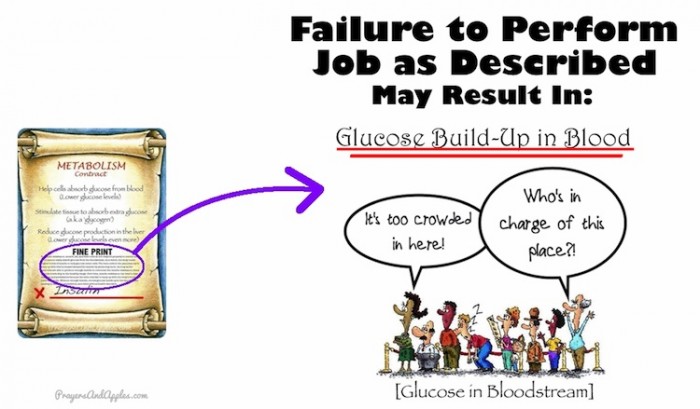

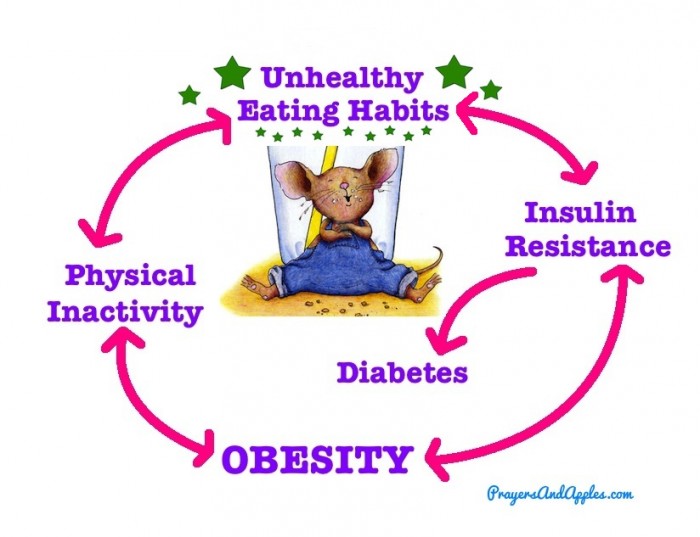


Leave a Reply